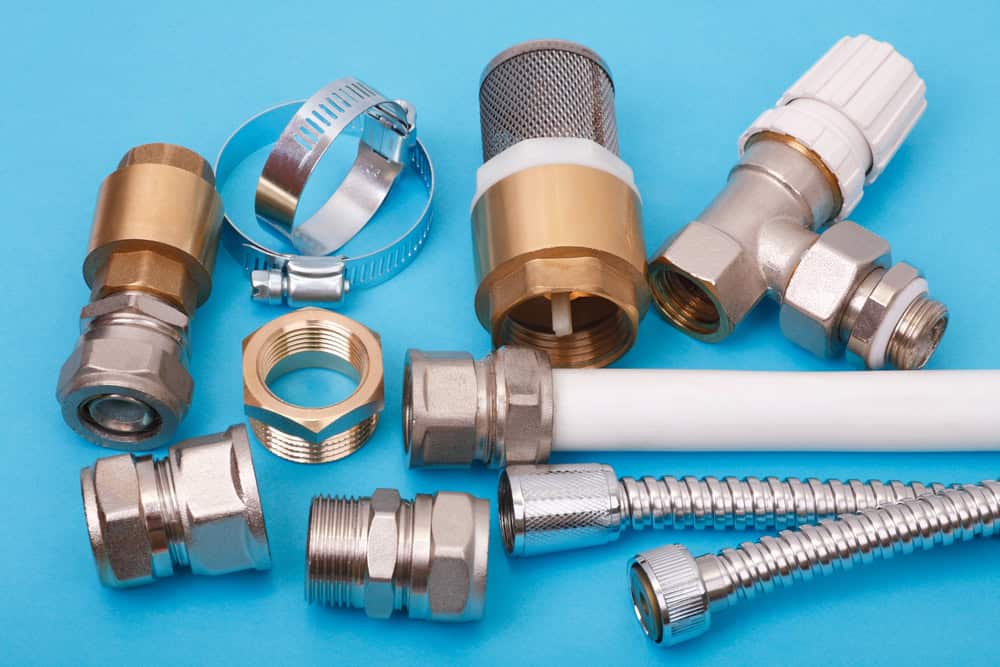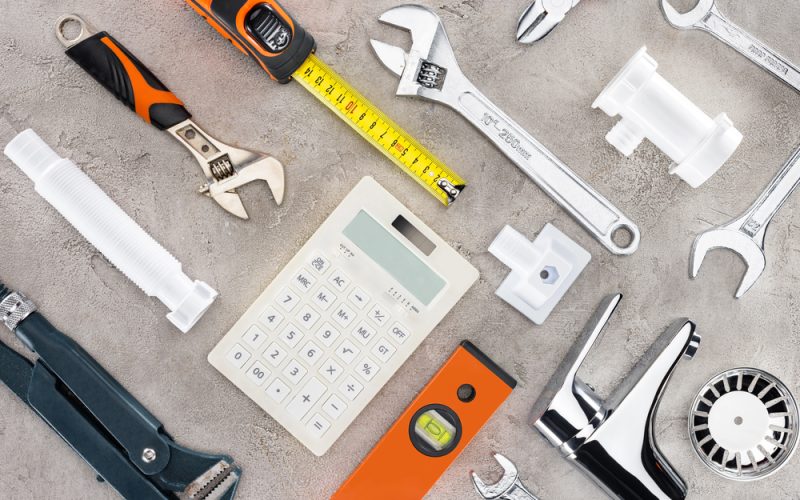Renovating a home is an exciting project, but it can also be overwhelming, especially when it comes to budgeting.
Plumbing costs are often one of the more significant expenses, and understanding how to estimate these costs effectively is crucial. This article will explore various factors to keep in mind while estimating plumbing expenses during a home renovation.
Understanding the Basics
Before diving into the nitty-gritty of costs, it’s essential to grasp the fundamental components of plumbing.
Residential plumbing typically includes pipes, fixtures, and appliances. Each element has its associated costs, which can vary widely.
For instance, standard pipes might cost less than specialized materials like copper or PVC.
Fixtures, including sinks, faucets, and toilets, also come with different price tags based on brand and quality. Understanding these basics helps set a foundation for estimating total expenses.
Types of Plumbing Projects
When estimating plumbing costs, you need to categorize your project. Are you doing a minor upgrade, a significant overhaul, or new construction? Each type of project comes with its own cost implications.
Minor upgrades, like replacing fixtures, generally require less labor and materials, making them more budget-friendly.
On the other hand, a complete remodel that involves relocating pipes and fixtures will naturally demand a larger financial commitment.
Labor Costs
Labor accounts for a substantial portion of plumbing expenses. Plumbers typically charge by the hour, and rates can vary based on location, experience, and the complexity of the job.
In urban areas, rates may be higher due to increased demand. Always ask for estimates from multiple plumbers to get a sense of the going rate in your area.
Additionally, make sure to consider factors that might increase labor time, such as working in tight spaces or outdated plumbing systems that need extra care.
Materials and Fixtures

The choice of materials significantly influences total plumbing costs. For example, opting for high-end fixtures can double your expenses compared to more economical options.
Research different brands and materials to find a balance between quality and budget.
Don’t forget to factor in the cost of pipes, fittings, and other necessary supplies.
Sometimes, using more cost-effective materials can save money upfront, but it’s essential to consider long-term durability and potential maintenance costs.
Permits and Inspections
Many plumbing projects require permits and inspections, which can add to the budget. Check local regulations to determine what permits are necessary for your renovation.
The cost of permits can vary widely, so it’s essential to include these expenses in your overall estimate. Additionally, some areas may require inspections after the work is completed, further impacting your budget.
DIY vs. Hiring a Professional
A common question for homeowners is whether to take a DIY approach or hire a professional plumber. While DIY can save money, it’s vital to weigh the pros and cons.
If you have experience or feel comfortable handling minor plumbing tasks, you may choose to do some of the work yourself. However, more complex jobs are best left to the pros.
A small mistake in plumbing can lead to significant issues down the line, costing more in repairs than hiring a qualified plumber upfront.
For a hassle-free and reliable solution, consider reaching out to local plumbers ready for any job, who can ensure the work is done right the first time.
Additional Considerations
There are several factors that can affect plumbing costs beyond the basics. Here are a few to keep in mind:
Location of Existing Plumbing: If your renovation involves moving existing plumbing, costs can escalate quickly. The further the distance, the more labor and materials you’ll need.
Condition of Existing Plumbing: If your current plumbing is outdated or damaged, you might need to replace sections, adding to costs. Inspecting your system beforehand can help you identify potential issues.
Accessibility: If plumbing is hidden behind walls or in difficult-to-reach spaces, labor costs can rise. Plumbers may need to spend additional time accessing these areas.
Seasonal Considerations
Timing can also play a role in plumbing costs. Some contractors might raise their rates during busy seasons or holidays. If you’re flexible about when to undertake your renovation, you might be able to score better deals.
Winter can be a slower period for plumbers, possibly resulting in lower rates. Keep these seasonal trends in mind when planning your project.
Estimating Total Costs
Now that you’ve gathered information about various factors, it’s time to estimate your total plumbing costs. Start by listing out each component, including labor, materials, permits, and any additional considerations specific to your project.
It can be helpful to create a detailed spreadsheet that breaks down each expense category. This way, you can visualize how costs accumulate, making it easier to adjust your budget if needed.
Seeking Quotes
Once you have an estimate in mind, reach out to local plumbers for quotes. Providing them with as much detail as possible about your project will help them give you a more accurate estimate.
Comparing quotes will also give you a better understanding of the average costs in your area. Make sure to ask about warranties on work and materials, as this can save you money on future repairs.
Finalizing Your Budget
After gathering estimates and refining your costs, it’s time to finalize your budget. Make a decision about how much you’re willing to spend and ensure you account for unexpected expenses.
Renovation projects often come with surprises, so it’s wise to set aside 10-20% of your budget for contingencies. This extra cushion can help absorb unexpected costs without derailing the entire project.
Staying Within Budget
To keep costs in check, prioritize your needs versus wants. Make a list of essential plumbing upgrades vs. those that are nice to have.
If your budget starts to tighten, you can adjust your plans without compromising too much on quality.
Monitoring expenses throughout the renovation will help you stay aligned with your budget. Regularly check your spending against your initial estimates to identify any discrepancies or areas needing adjustment.
With a solid understanding of plumbing costs and careful planning, you can approach your home renovation with confidence. Each step in the process, from estimating costs to finalizing your budget, will contribute to a successful project.

